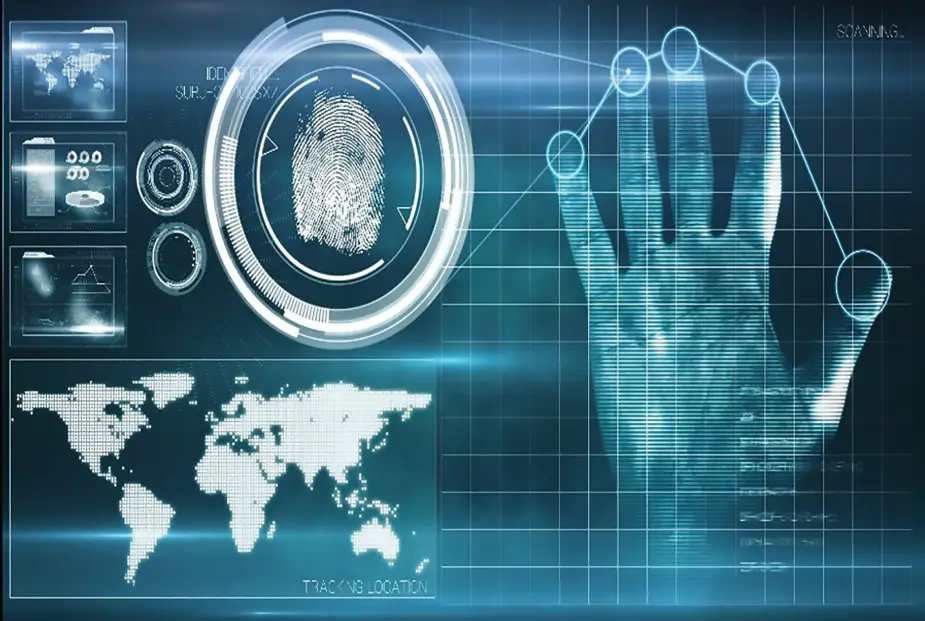U.S. Army modernizes its biometric processing capabilities
U.S. Army Soldiers patrolling critical checkpoints overseas will have an improved biometrics tool to help identify persons of interest in real-time. Douglas Scott explains.

The C5ISR Center has developed software that will enable PEO IEW&S to modernize the Army's 20-year-old biometric processing capabilities (Picture source: U.S. Army)
U.S. Army Futures Command's Command, Control, Communications, Computers, Cyber and Intelligence, Surveillance and Reconnaissance (C5ISR) Center has developed and delivered software that will enable Program Executive Office Intelligence, Electronic Warfare and Sensors (PEO IEW&S) to modernize the Army's 20-year-old biometric processing capabilities.
The Biometrics Automated Toolset -- Army (BAT-A) is a handheld device used by deployed Soldiers to collect, process and reference biometric identity information -- such as iris, fingerprint and facial images -- during force protection screenings. With the system deployed to U.S. joint forces around the world and more than one million entries saved in the DoD's Automated Biometrics Identification System, it is important to migrate BAT-A to a database that will meet the government's new electronic biometric transmission specifications, explained Brian D. Likens, product lead for the Biometrics Collection Capability at PEO IEW&S' Project Manager Department of Defense Biometrics (PM DoD Biometrics). "We asked the C5ISR Center to make the database more efficient and useful for tomorrow's Soldier. To do this, they restructured the data to comply with future standards and modern architecture practices," Likens said.
The new database software architecture will improve the overall speed and functionality of the tool so Soldiers can access better-filtered information, noted Will Daddario, a software engineer with the C5ISR Center. "In the past, superfluous information had the ability to make its way up and into the BAT-A database. That will not happen anymore. You are now going to have a database with improved integrity that will be easier to use," Daddario said.
The architecture will also make future software development work easier. "Previously, all database relationships were performed by the application. Our new database has all of these relationships built-in, so when you make a change in one area, it propagates through the whole database," Daddario said.
The C5ISR Center delivered a data conversion tool with the architecture and plans to deliver data migration and filter tools in Fiscal Year 2021 before helping the PM migrate the data. The Center is also slated to support PM DoD Biometrics throughout the development of the Next Generation Biometric Collection Capability. "The need for accurate and timely data is vital to the protection of our warfighters in support of Multi-Domain Operations. This updated database will make it more efficient for warfighters to collect, identify and neutralize the enemy," said Col. Senodja "Frank" Sundiata-Walker, project manager for PM DoD Biometrics.
---------
The C5ISR Center is the Army's applied research and advanced technology development center for C5ISR capabilities. As the Army's primary integrator of C5ISR technologies and systems, the center develops and matures capabilities that support all six Army modernization priorities, enabling information dominance and tactical overmatch for the joint warfighter.
The C5ISR Center is an element of the U.S. Army Combat Capabilities Development Command. Through collaboration across the command's core technical competencies, CCDC leads in the discovery, development and delivery of the technology-based capabilities required to make Soldiers more lethal to win our nation's wars and come home safely. CCDC is a major subordinate command of the U.S. Army Futures Command.

The new software will improve the speed, functionality and efficiency of the Biometrics Automated Toolset - Army. (Picture source: U.S. Army)


























